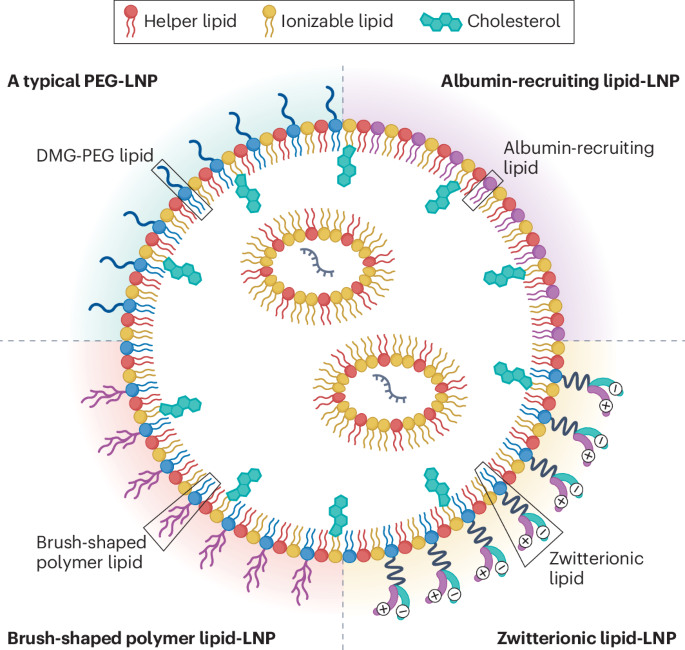The conversion of spent lithium-ion batteries (LIBs) into valuable catalysts addresses a pressing environmental challenge: the efficient removal of volatile organic compounds (VOCs) like toluene. As the new energy sector expands, the decommissioning of ternary lithium-ion power batteries is surging, presenting an opportunity to recycle precious metals such as manganese, cobalt, and nickel. The innovative mechanochemical method employed to derive NiCoMnOx powder from these spent batteries, combined with the incorporation of attapulgite (ATP), not only reduces costs but also exemplifies a sustainable "waste-to-waste" strategy. The process involves delithiation etching with sodium carbonate and the introduction of magnesium ions during ball milling, which induces lattice distortions that enhance catalytic properties.
The resulting NiCoMnOx/ATP catalyst demonstrates remarkable efficacy in toluene oxidation, achieving a 99% conversion rate at 270 °C while maintaining stability through extended cycling tests. This breakthrough underscores the potential of leveraging waste materials to create high-performance catalysts, thereby contributing to environmental remediation efforts. The enhanced lattice oxygen mobility and activation capacity, driven by the engineered defects and vacancies, position this catalyst as a promising solution for VOC abatement, aligning with the industry's shift towards sustainable practices and resource recovery. The implications of this research extend beyond catalysis, highlighting the importance of integrating recycling processes into the lifecycle of energy materials.







